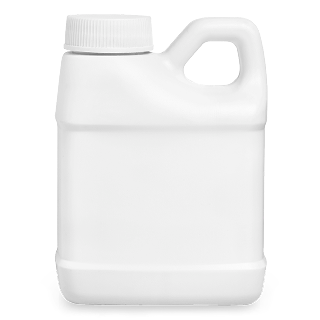Class: Cellulase
Format: Liquid
Fiberlife® for modal

Modal is the most challenging MMCF to biopolish. Fiberlife® for modal overcomes the challenge to reduce fuzz and pills. That helps garments keep their new look for longer. In addition, Fiberlife® products unlock innovation in appearance and hand feel, creating fashionable effects.
Product features, details and benefits
This product removes protruding microfibrils from the fabric surface. That helps you produce smoother, softer fabrics. The fabrics also look new for longer, as they retain their vibrant colors/whiteness and high quality wash after wash.
Can be used before and after dyeing
This product is suitable for use before and after dyeing. That gives you more flexibility in your process.
A more sustainable solution
This product is both biodegradable and renewable. In many processes it saves water and energy. That makes it a more sustainable solution.
Suitable for biopolishing of manmade cellulosic fibers
As with cottons, protruding microfibrils are a problem on fabrics made with regenerated cellulose. These products remove microfibrils for a cleaner surface and improved pilling notes. That keeps viscose, modal, lyocell and similar fabrics looking new wash after wash. These products also improve and maintain print quality as well as unlocking new fashion looks.
How biopolishing cellulases make fabrics softer, cleaner and brighter
The microfibrils that protrude from cellulose-based fibers cause fuzz and pilling. They also trap dirt and obscure colors. By breaking down microfibrils, cellulases prevent these effects.
Textile mills biopolish cellulose-based fabrics before, during or after dyeing. The process improves the surface softness, cleanness and brightness of a range of fabrics. These include cotton, viscose, lyocell and modal.
Microfibrils are microscopic hairs that protrude from the fibers of these fabrics. They lead to fuzz and pilling, which makes the fabric surface feel rough. They also trap dirt to reduce cleanness. Both the trapped dirt and the microfibrils themselves make colors and whites look less bright.
The cellulose molecules that form the fibers of these fabrics consist of long glucose chains. It's thought that biopolishing cellulases specifically target and cut protruding microfibrils into smaller sugars. This makes them easier to lift away from the fabric. The result is softer, cleaner and brighter fabrics with less fuzz and improved pilling
Which solution is right for you?
Explore our product families for biopolishing below. To find out more about our biopolishing range, get in touch with your local Novozymes representative.
Liquid
Fiberlife® for modal
Liquid
Cellusoft® for cotton
Liquid
Fiberlife® for lyocell
Liquid
Fiberlife® for viscose
Testing one of our products in your own production is the best way to experience all the benefits. Get in touch to learn more.
One more step…
To complete the get in touch form or sign up, please click on the button below to enable cookies.